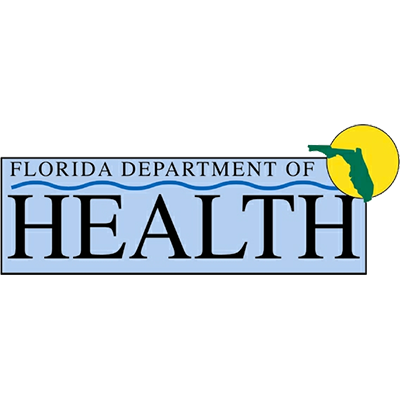Many people who do not work around alcohol rehab centers or at drug rehab centers may not understand the full scope of the overdose problem as it appears today. People familiar with alcohol rehabilitation, including alcohol rehabilitation here in Florida, will know that almost 100,000 people die each year from alcohol illnesses and alcohol overdose. People who work in drug rehabilitation, including people who work on drug rehab in Florida, will know that 2020 was the worst year ever for drug overdoses. Over 93,000 people died from drug overdoses in 2020, the last full year we have exact statistics for. That number increased by about 20,000 in one year, as 2019 saw something in the range of 70,000 overdose deaths. The trajectory is clear. If nothing changes, 2021 or 2022 are likely to be the first years that drug overdose deaths will surpass the death toll from alcohol. What most people do not understand is that simply looking at overdose deaths will not give you a good idea of the size and shape of the problem at hand. The majority of people survive overdoses from both fentanyl and meth, the two biggest culprits in drug overdoses in this country.
Survivors of Overdose
It would not necessarily surprise people to learn that survivors of overdoses have a high rate of risk for death within the following years after they overdose. People probably assume that a person who overdoses from opioids or meth are at increased risk of death from another overdose, and that is true. What may surprise people is the extremely high risk these people face from causes of death that seem unrelated to drug use, things like respiratory and circulatory illnesses. Suicide is a huge risk for people who survive an overdose. The numbers are staggering if you actually consider the rates of death and overdose we are now dealing with in the US. If almost 100,000 people died from opioid and meth overdoses last year, and almost 100,000 people die each year from alcohol, and most people survive these episodes and are thus not included in those terrible statistics, then we are likely dealing with millions of people in crisis each year in the United States and at risk of overdose, suicide, viral hepatitis, HIV, and a range of other illnesses. According to Mark Olfson, MD of Columbia University Psychiatry,
“These findings underscore the overall medical frailty of this patient population and show us that instead of just focusing on survivors’ drug use, we need to coordinate addiction treatment for survivors with general medical and mental health care.”
I agree with Dr. Olfson, and major problems with overall treatment capacity and barriers to care that we talk about on this blog repeatedly will be the things that hold us back in the future. When a patient seeks care for opioid addiction, an illness that took at least 70,000 lives from overdose on fentanyl in 2020, they are confronted with a system that has no connection to the larger medical establishment. We campaign to “end the stigma”, something I support of course, but we do not back up those words by changing our broken mental health care system. Just the Medication-Assisted Treatment system in the US needs to be completely overhauled and major barriers to care need to be abolished (MAT includes treatment with Subutex and Methadone). New patients are drowned in fees, red tape, drug tests (They admitted to being on drugs when they walked in the door), and various inequities that do not exist in other parts of the health care system. Because the establishment considered people with addiction problems second class citizens for so long, knowingly or not, we have a treatment system that mistreats the people who have the courage to seek treatment for mental and behavioral health illnesses. The best alcohol rehabs in Florida, and the best drug rehabs in Panama City, Florida, such as our facility at Florida Springs, treat people with respect and dignity. Unfortunately, not all alcohol and drug rehab centers look like Florida Springs in Panama City.
The average methadone clinic is understaffed, does not have the counselors necessary to engage with patients about their own recovery, and must survive with federal guidelines that make no sense in the 21st century and hold us back from treating people like human beings. We make people wait in long lines every day for methadone at these clinics, with full knowledge that the streets are being flooded with deadly fentanyl that is thousands of times more likely to kill them than methadone or any other drug from a doctor. We must make treatment make sense for the average patient, and most working people do not have hours to spend standing in line each day because some doctor 50 years ago thought people couldn’t be trusted with methadone. That style of treatment does not reflect the facts on the ground considering the shift from heroin use to widespread fentanyl use. If we don’t change how we do things in drug and alcohol rehab and treatment, 93,331 deaths from overdose will not be the end of the story, it will just be the beginning.
By T.A. Cannon (Contact me at TACannonWriting@gmail.com)




